► Lead-acid. Until recently, they were commonly used in stand-alone emergency lighting installations, such as dual spotlights, and are still widely used in central battery systems. Outside of these specific applications, lead-acid batteries are now rarely used for emergency lighting.
► Nickel Cadmium (NiCd). Cadmium is highly toxic and is one of only six substances banned under the EU RoHS directive. However, batteries in emergency lighting are exempt because until recently there were no suitable alternatives. NiCd batteries are widely used in stand-alone emergency lighting equipment and emergency conversion kits.
► Nickel Metal Hydride (NiMH). These batteries are widely used in emergency conversion kits in place of NiCd batteries, and in some applications they have some (slight) advantages.NiMH batteries are thinner than NiCd batteries.
► Lithium. Lithium batteries are available in a wide variety of types and are increasingly used in emergency lighting applications. They offer many advantages over lead-acid, NiCd and NiMH, so their use is rapidly increasing.
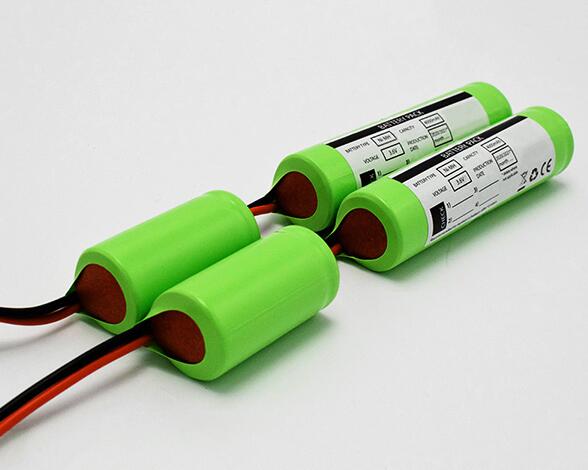
Lithium iron phosphate (LiFePO4 or LFP) is well suited for emergency lighting. Compared to alternatives such as nickel-cadmium (NiCd) and nickel-metal hydride (NiMH), lithium iron phosphate (LFP) batteries offer several advantages:
1. Energy efficiency. LFP is more efficient than NiCd in two ways.
❤ Self-discharge. All rechargeable batteries lose charge over time, but the rate with LFP is only 3-5% per month. NiCd loses 15% in the first 24 hours, then drops to 10-20% per month (depending on temperature). The result is that the charger in an emergency unit with NiCd or NiMH batteries operates almost continuously, while the charger in the LFP circuit operates at low current during short and infrequent bursts.
❤ Charging efficiency. During the charging process of any battery, energy is lost in the form of heat. the charging efficiency of LFP is very high, about 95%. the charging efficiency of NiCd is also very high, but only in the early stages of charging. Once the battery reaches 70% capacity, it starts to generate heat and the charging efficiency drops to 85%. This is important because in normal use, the NiCd cells in emergency light accessories will continue to trickle charge to keep them near 100% capacity.
2. Long life.
❤ LFP batteries have little to no memory effect, so their performance remains almost constant until the end of their service life, which is usually defined as 70% of their rated capacity. Typically, LFP batteries have a life span of 8-10 years.
❤The performance (storage) of NiCd and NiMH decreases rapidly with each charge/discharge cycle, so they typically need to be replaced after 3 or 4 years. the emergency lighting routine testing required by BS 5266 helps shorten the life of NiCd batteries. NiCd batteries in new construction projects that have been fully installed during the construction phase typically fail in the first year of their service life, when the main power supply is usually completely shut down overnight. The resulting overnight discharges and daily recharges can degrade NiCd batteries to the point where they can be replaced in the first year of use.
3. Extreme temperature performance.
❤ High temperature, LFP is not harmed by ambient temperatures up to 60ºC, while NiCd and NiMH can only withstand 55ºC and 50ºC, respectively.
❤Low temperature, LFP performs well down to -20ºC, but NiCd and NiMH cannot provide the power needed to run emergency lighting below 0º
4. Environment The RoHS directive prohibits the use of cadmium because it is a dangerous contaminant.
❤Cadmium is highly toxic. Cadmium is highly toxic to almost all animals and many plants. It is also very persistent in the environment and does not easily combine with other elements that make it harmless. Therefore, NiCd batteries must be recycled very carefully. lFP batteries must also be recycled, but the materials used are inherently less hazardous than those used in NiCd and NiMH batteries.
❤The future use of cadmium is limited. Since quality alternatives to cadmium are available for batteries, it is expected that the RoHS directive will be amended to remove the exemptions allowed so far (2020).
❤Lithium has a long future. In particular, lithium iron phosphate is favored for its safety, economy and efficiency and is increasingly being used in many applications, such as vehicles, in addition to emergency lighting.
LiFePO ₄ is the correct chemical formula for lithium iron phosphate. The small ₄ indicates that there are 4 oxygen atoms (O) combined with a phosphorus atom (P). However, small ₄ is hard to find on most keyboards, so most people will write LiFePO4 in their searches. in this article, we use LiFePO4 because that is likely what you would type in a Google search, but note that LiFePO ₄ is correct.
Lithium iron phosphate is very cost effective as an emergency lighting power source compared to alternatives such as NiCd. This applies to its acquisition cost, operating cost and maintenance cost.
► Acquisition Costs For more than four years, the acquisition cost of lithium iron phosphate (LFP) batteries for emergency lighting has been lower than the cost of NiCd batteries. When compared on a capacity (Ah) basis, lithium iron phosphate batteries are more expensive than NiCd batteries. However, because the performance of NiCd batteries degrades relatively quickly during their service life, more batteries are needed to provide the expected 3-hour duration after 4 years of use. In addition, LFP cells are expected to last twice as long as NiCd cells, so the acquisition cost of LFPs is lower than NiCd over 4 years or more.
►Operating Costs. Lithium iron phosphate (LFP) batteries are the most economical batteries for emergency lighting. This is because the primary replacement for NiCd batteries has a high self-discharge rate (about 20% per month) and therefore must be constantly recharged to be ready in the event of a power outage. In contrast, LFPs have a much lower self-discharge rate, which means that the charger can only be used for a short time every month or two. Based on tests conducted using commercially available emergency bulkhead accessories with NiCd and LFP batteries, the following power consumption data was recorded.
LED emergency bulkheads were used to compare the power consumption of NiCd and LiFePO4 batteries.
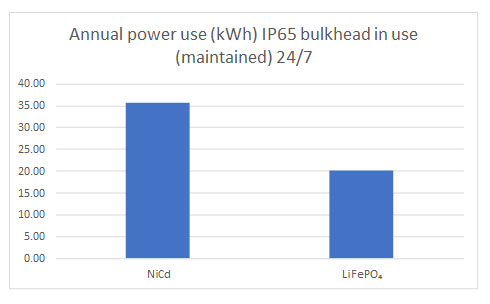
In summary, the use of LFPs instead of NiCd in popular emergency light fittings resulted in >40% power savings.
On the financial side, assuming an electricity price of £0.145 per kWh, the savings are £2.25 per emergency light fitting per year.
► Maintenance costs. Lithium iron phosphate (LFP) is less expensive to maintain than alternatives such as NiCd. This is because the NiCd batteries used in emergency lighting are typically designed to last only 4 years. Comparable lithium iron phosphate batteries have an expected life of 8-10 years, so maintenance costs are only 50% or less of NiCd batteries.

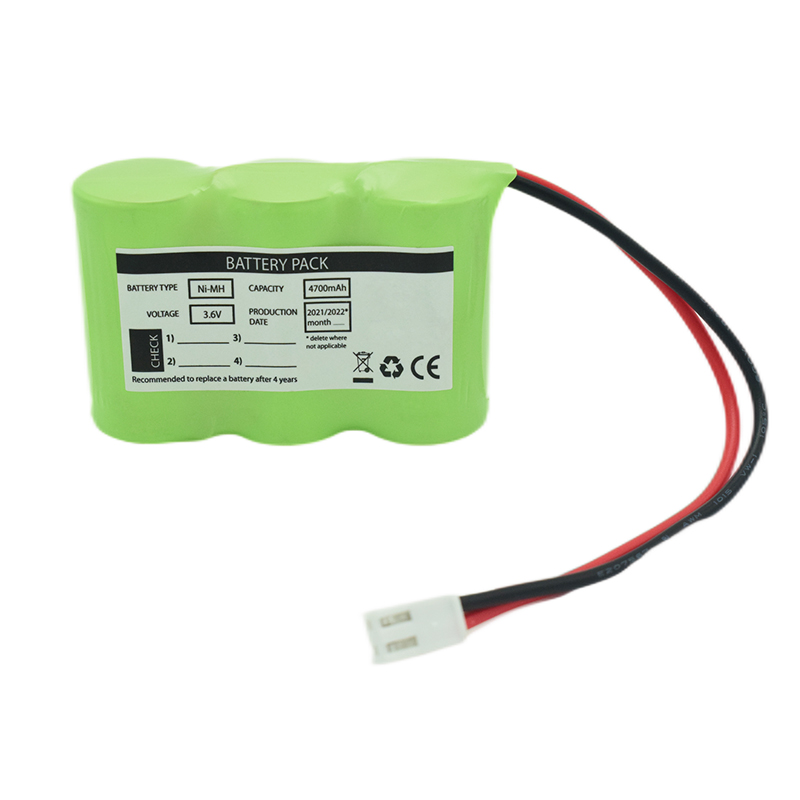 Ni-MH Battery C4700mAh 3.6V
Ni-MH Battery C4700mAh 3.6V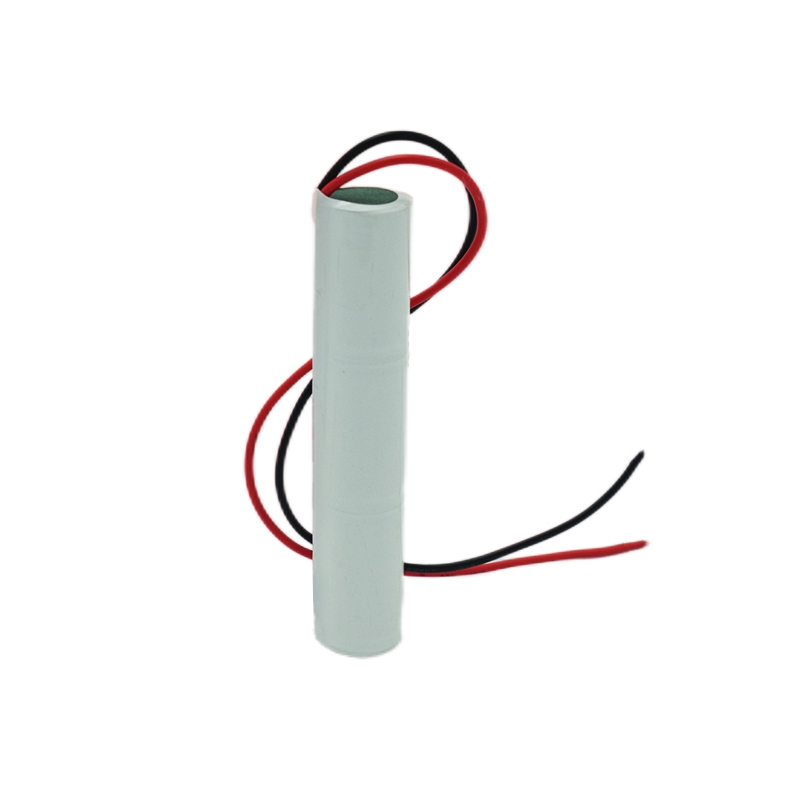 Nickel Cadmium Nicd Battery Pack SC1800mAh 3.6V
Nickel Cadmium Nicd Battery Pack SC1800mAh 3.6V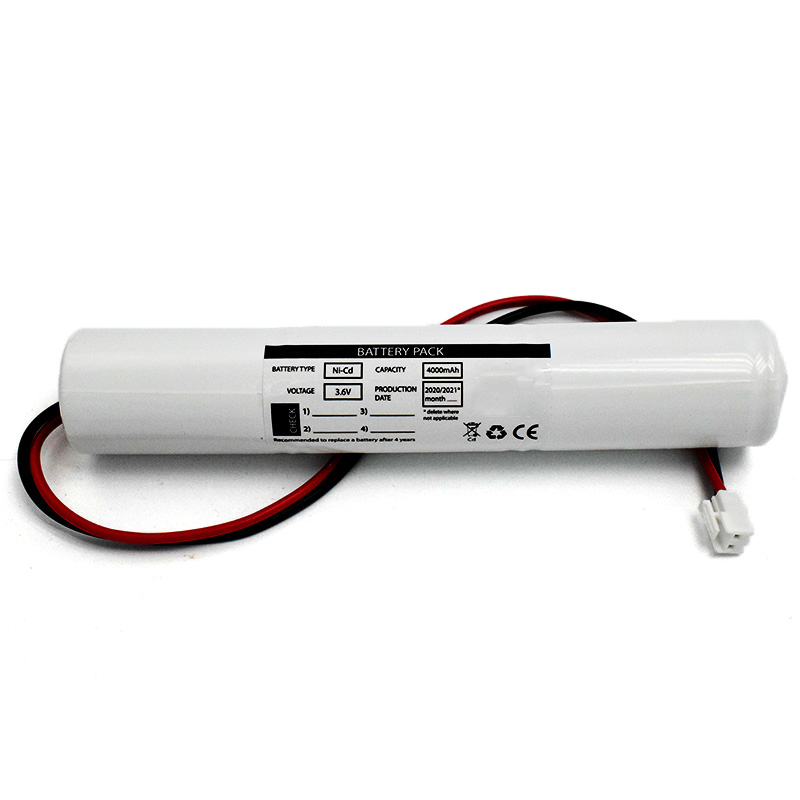 Ni-Cd Battery Pack D4000mAh 3.6V
Ni-Cd Battery Pack D4000mAh 3.6V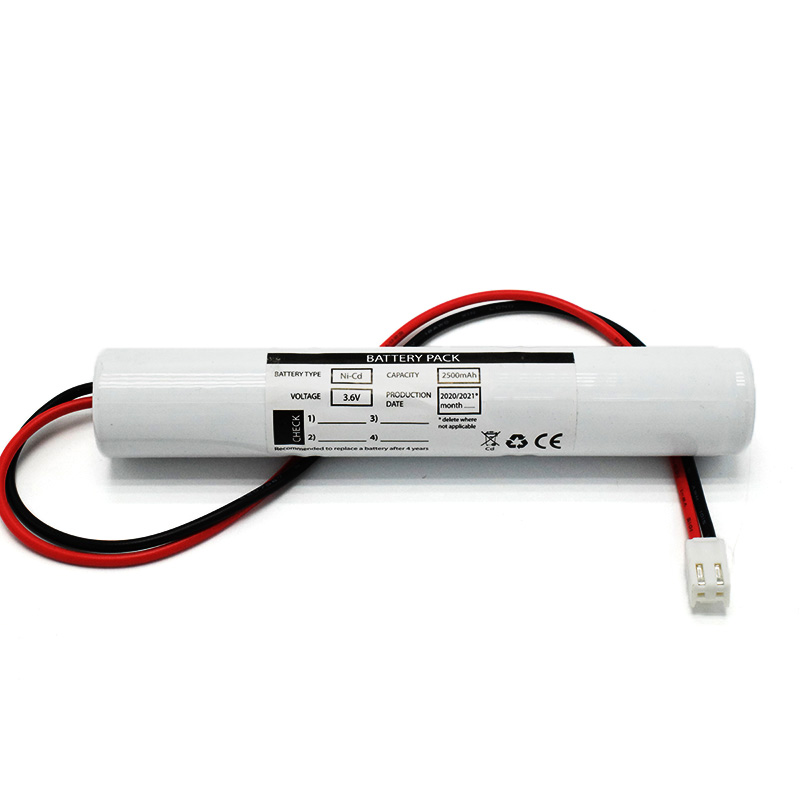 Ni-Cd Battery Pack C2500mAh 3.6V
Ni-Cd Battery Pack C2500mAh 3.6V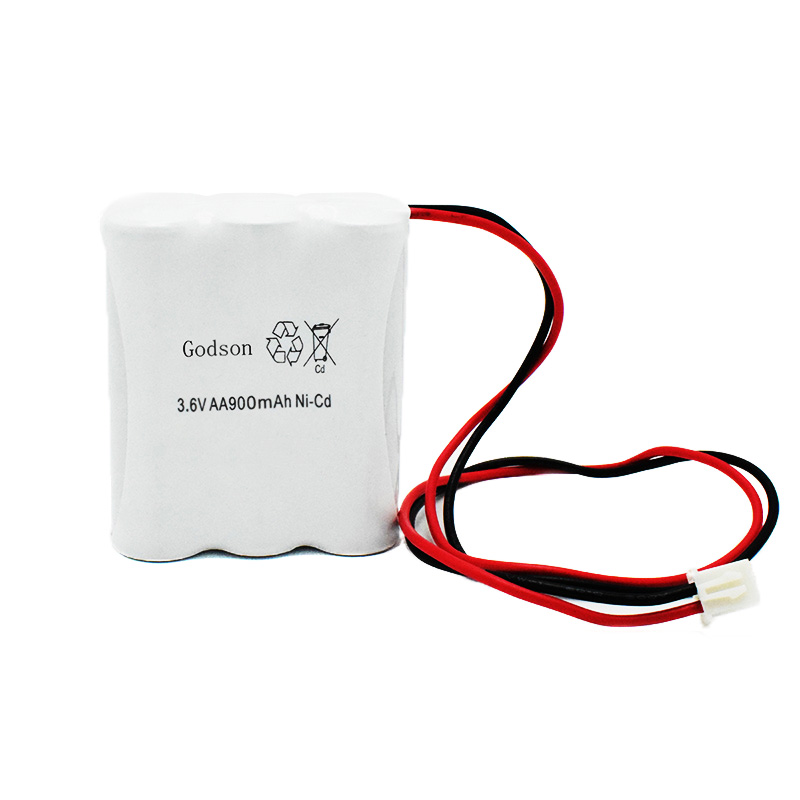 NICAD Battery Pack AA900mAh 3.6V
NICAD Battery Pack AA900mAh 3.6V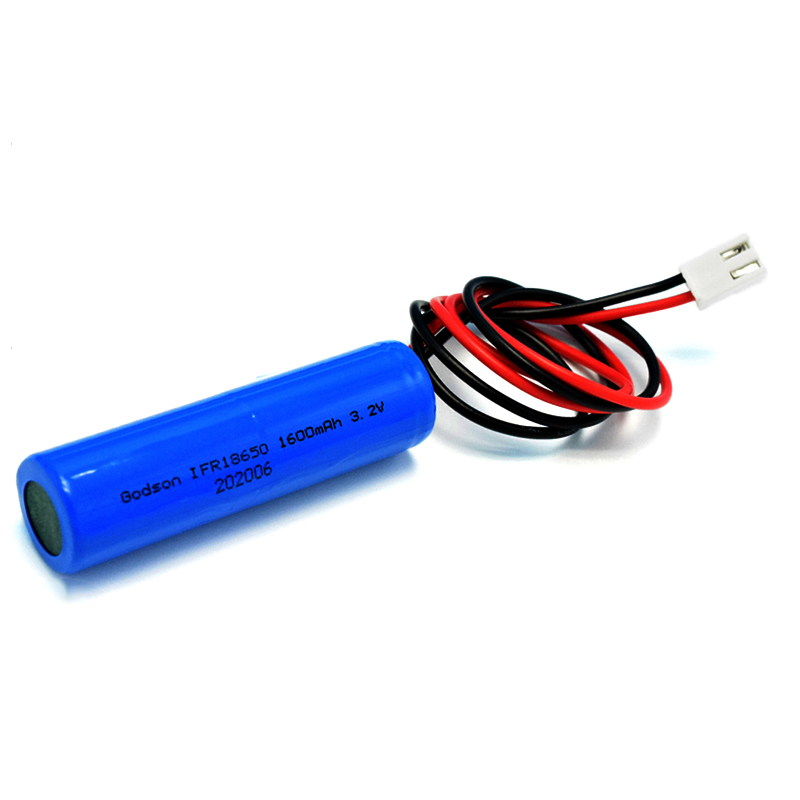 LiFePO4 IFR18650 1600mAh 3.2V
LiFePO4 IFR18650 1600mAh 3.2V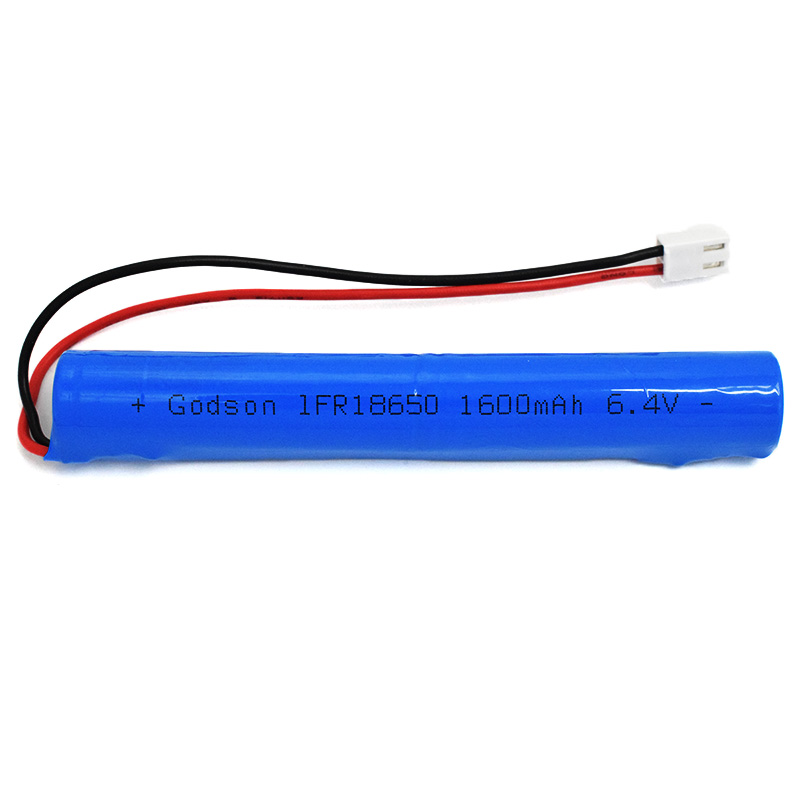 LiFePO4 IFR18650 1600mAh 6.4V
LiFePO4 IFR18650 1600mAh 6.4V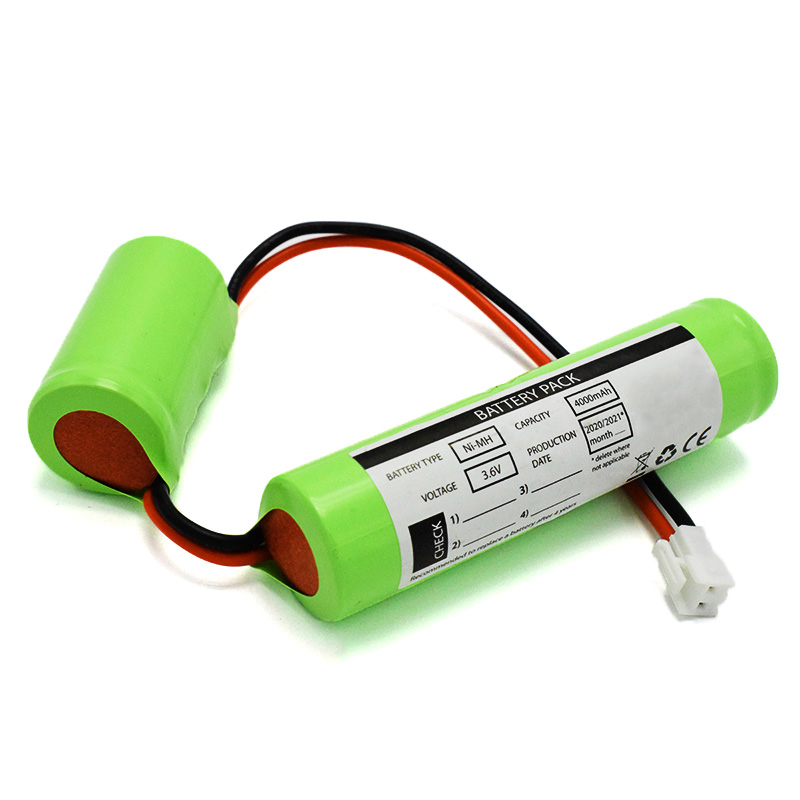 Ni-MH Battery C4000mAh 3.6V
Ni-MH Battery C4000mAh 3.6V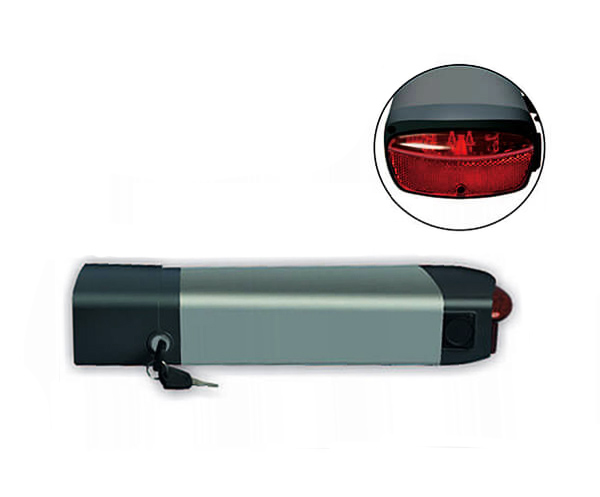 E-bike Battery 48V 10Ah JL-1
E-bike Battery 48V 10Ah JL-1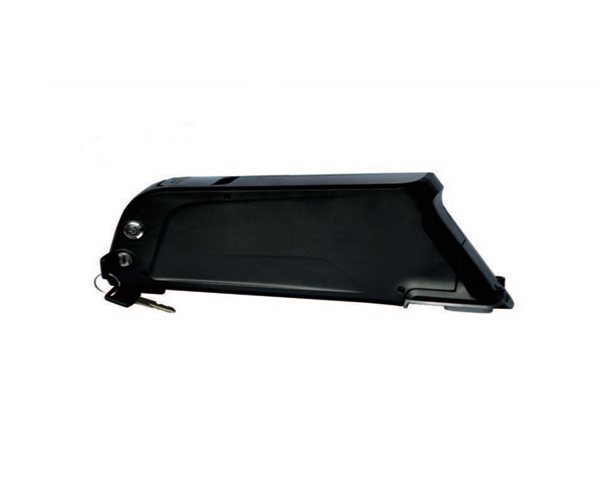 E-bike battery 48V 10Ah Qing Tian
E-bike battery 48V 10Ah Qing Tian